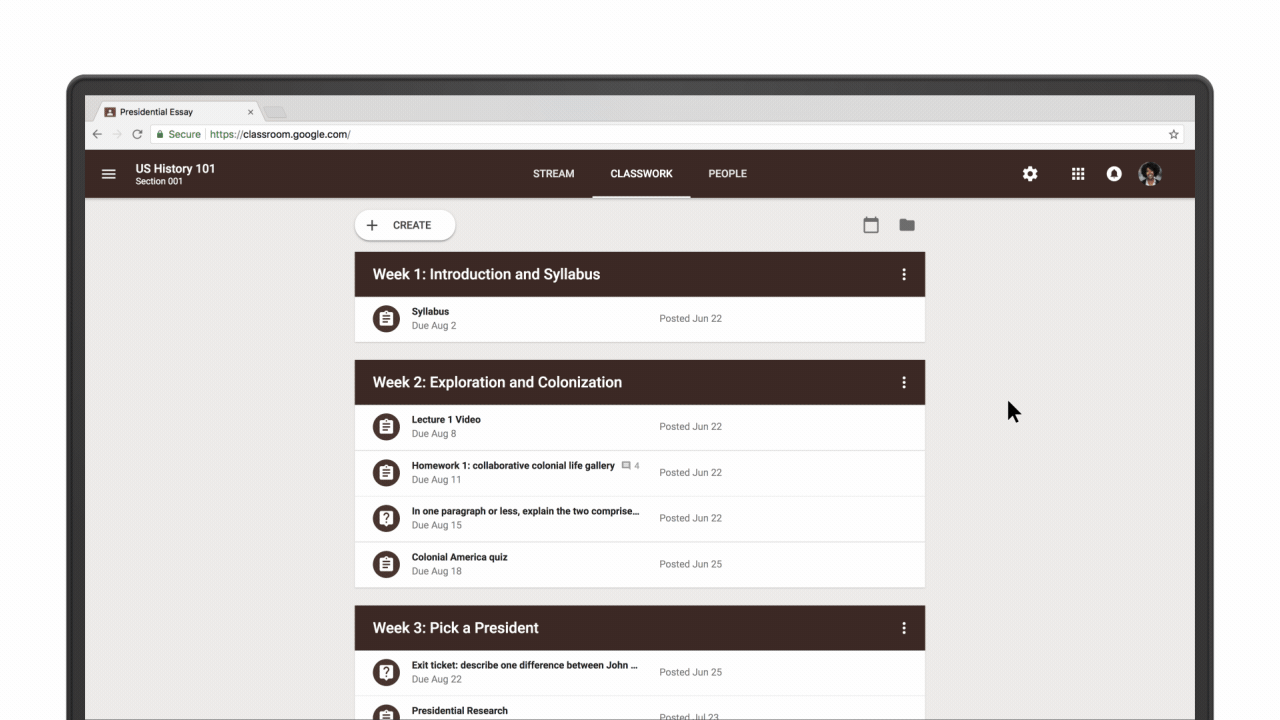InVision continues its slow march toward design world domination, today announcing the hire of Mike Davidson who will take over as Head of Partnerships and Community.
Davidson was previously the VP of Design at Twitter, where he built a 100-person team that was responsible for every aspect of Twitter’s user experience and branding, including web, mobile web, native apps, and business tools.
Before Twitter, Davidson worked at ESPN/Disney until 2005, when he founded NewsVine, which was purchased by NBCNews in 2007. Davidson then took on a Vice President roll for five years before starting at Twitter.
At InVision, Davidson will oversee partnerships, product integrations, strategic acquisitions and community building. This includes leading InVision’s Design Leadership Forum, which hosts private events for design leaders from big companies like Facebook, Google, Lyft, Disney, etc. Davidson will also work with the new Design Transformation team at InVision to help create educational experiences for InVision’s customers.
Davidson says he plans to spend the next 30 to 60 days talking as little as possible, and listening to the feedback he hears from his team around what can be improved.
“InVision has a seamless workflow that includes everyone in the company in the design process,” said Davidson. “If there’s one goal I’d like to realize, it’s that. Design is a team sport these days, which wasn’t the case 10 or 20 years ago.”
In Davidson’s own words, the position at InVision is “less about business to business and more about designer to designer.” Davidson will be meeting predominantly with the design teams from various companies to discuss not only how InVision can help them build better experiences, but how InVision can incorporate those design teams’ personalities into the product.
InVision was built on the premise that the screen is the most important place in the world, considering that every brand and company is now building digital experiences across the web and through mobile applications. CEO Clark Valberg hopes to turn InVision into the Salesforce of design, and partnerships, acquisitions and product integrations are absolutely vital to that.
“We couldn’t be more excited to have an authentic leader like Mike step into this role to help us further build out our design community — which is as important to us as our product — and to help drive design maturity inside of every organization,” said Valberg. “Digital product design is shaping every industry in the world, and as the leader in the space, we see it as our responsibility to support and foster community and advanced education.”


